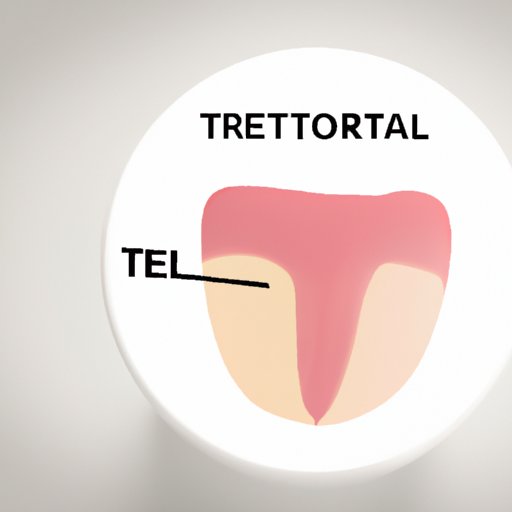I. Introduction
Dry socket is a painful complication that can occur after a tooth extraction. It happens when the blood clot that normally forms in the extraction site gets dislodged or dissolves, exposing the underlying bone and nerves. This condition can lead to severe pain and discomfort for several days and even weeks. The good news is that dry socket is preventable by taking the necessary aftercare steps. In this comprehensive guide, we’ll cover the best tips and techniques for preventing dry socket after a tooth extraction.
II. Tips for Avoiding Dry Socket after a Tooth Extraction
One of the most crucial steps when it comes to preventing dry socket is to follow your dentist’s instructions and recommendations. Your dentist will provide specific guidance on how to care for your extraction site, such as avoiding smoking or using straws, eating only soft foods, and gently rinsing your mouth with salt water. Take these instructions seriously and try to adhere to them as closely as possible.
III. The Importance of Proper Aftercare to Prevent Dry Socket
Proper aftercare can significantly reduce your risk of developing dry socket. Start by following the steps your dentist provides immediately after your tooth extraction. This might include biting down on a gauze pad to control bleeding or applying a cold compress to reduce swelling. Keep the extraction site clean by carefully brushing your teeth and gum line. Be sure not to brush too hard or too close to the extraction site, as this could dislodge the blood clot.
IV. What to Expect Post-Extraction and How to Avoid Dry Socket Complications
After your tooth extraction, you can expect some swelling and discomfort in the first few days. It’s also common to experience some bleeding and sensitivity around the extraction site. If you notice any signs of dry socket, such as severe pain or bad breath, contact your dentist immediately. To avoid complications, avoid smoking, drinking alcohol, and excessively spitting or rinsing your mouth during the healing process.
V. Recommended Steps to Take to Lower the Risk of Developing Dry Socket
Several factors can increase your risk of developing dry socket, including smoking, undergoing a complex extraction, or having an impacted tooth. To lower your risk, there are several steps you can take. First, quit smoking if you are a smoker. Smoking can inhibit your body’s natural healing process and make it more difficult for your extraction site to properly clot. Also, be sure to take any pain medications prescribed by your dentist and get plenty of rest to help your body recover.
VI. How to Care for a Tooth Extraction at Home to Prevent Dry Socket
Caring for your extraction site at home is a critical part of the prevention process. Try to eat a diet of soft foods such as applesauce, yogurt, and mashed potatoes. Avoid spicy, crunchy, acidic, and hard foods. Gentle brushing, flossing, and rinsing with salt water can help to speed up your recovery.
VII. Conclusion
Preventing dry socket requires patience, care, and attention to detail in your aftercare. While the prevention process can be challenging, the good news is that with proper care, it is entirely preventable. Follow the aftercare steps recommended by your dentist, avoid smoking and other risk factors, and be attentive to your body’s needs. Remember, the most effective way to prevent dry socket is to ensure that your extraction site properly clots and heals.
